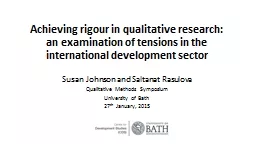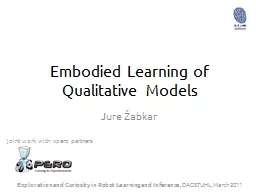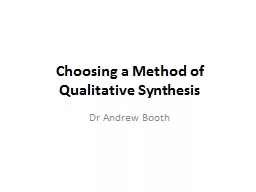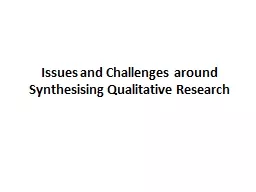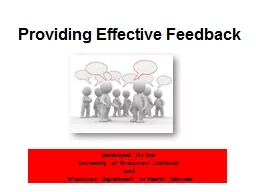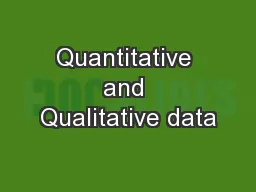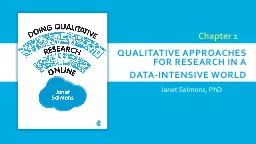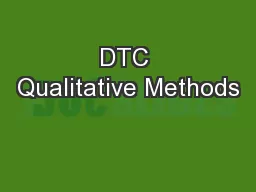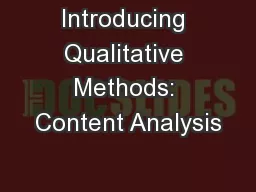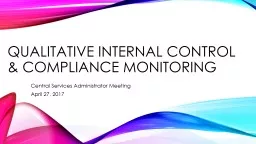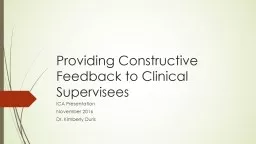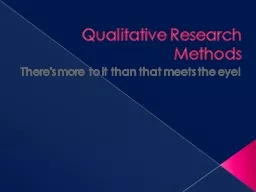PPT-providing structure to Written Qualitative Feedback:
Author : cora | Published Date : 2022-05-17
The Boss Framework Facilitator Name Facilitators Academic Position DivisionDepartment and Institution Date Disclosures The Facilitator needs to disclose
Presentation Embed Code
Download Presentation
Download Presentation The PPT/PDF document "providing structure to Written Qualitati..." is the property of its rightful owner. Permission is granted to download and print the materials on this website for personal, non-commercial use only, and to display it on your personal computer provided you do not modify the materials and that you retain all copyright notices contained in the materials. By downloading content from our website, you accept the terms of this agreement.
providing structure to Written Qualitative Feedback:: Transcript
Download Rules Of Document
"providing structure to Written Qualitative Feedback:"The content belongs to its owner. You may download and print it for personal use, without modification, and keep all copyright notices. By downloading, you agree to these terms.
Related Documents


